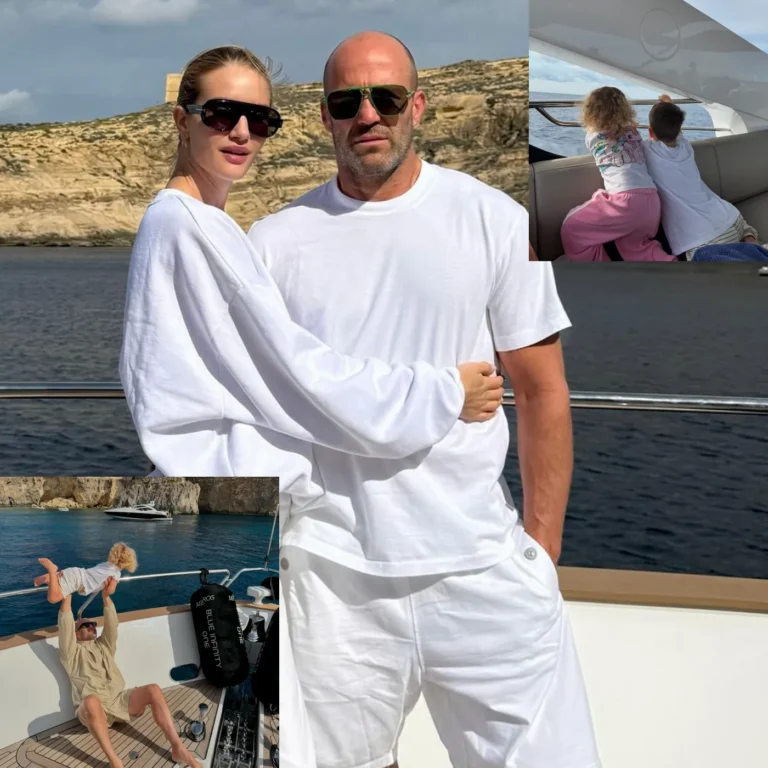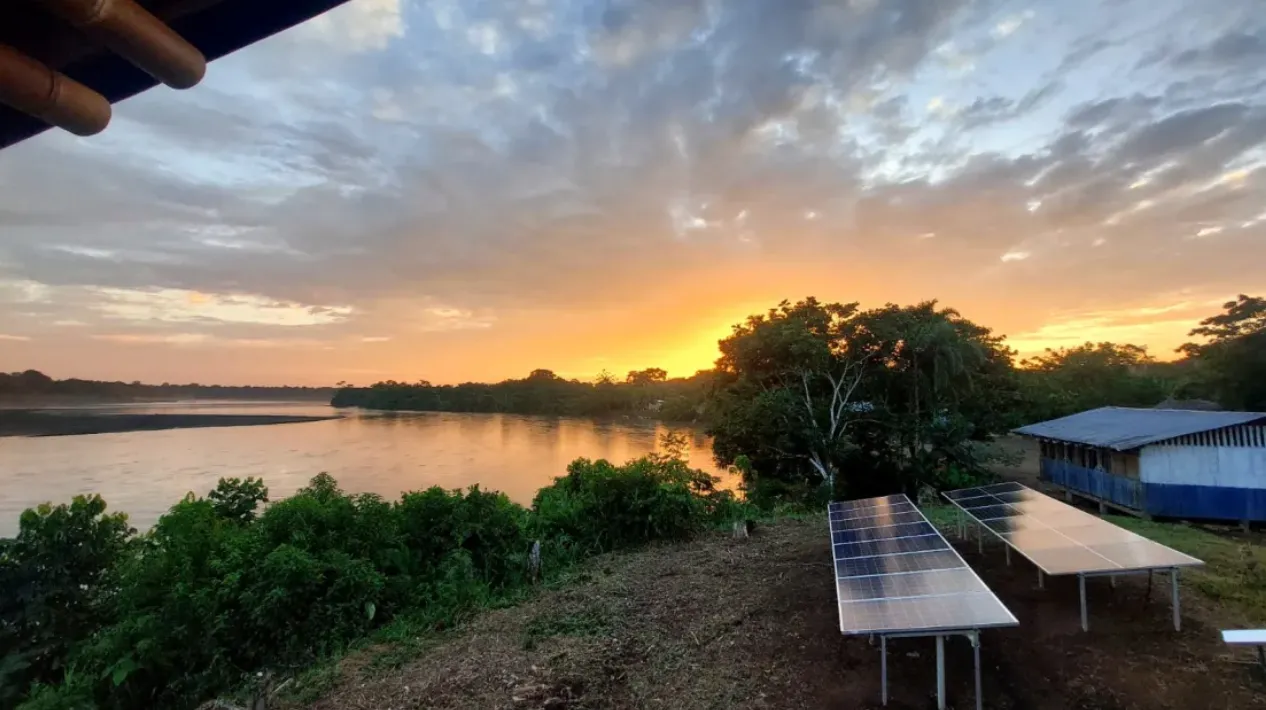
Solar-Powered Boats Transforming River Transport in Ecuador’s Amazon Rainforest.
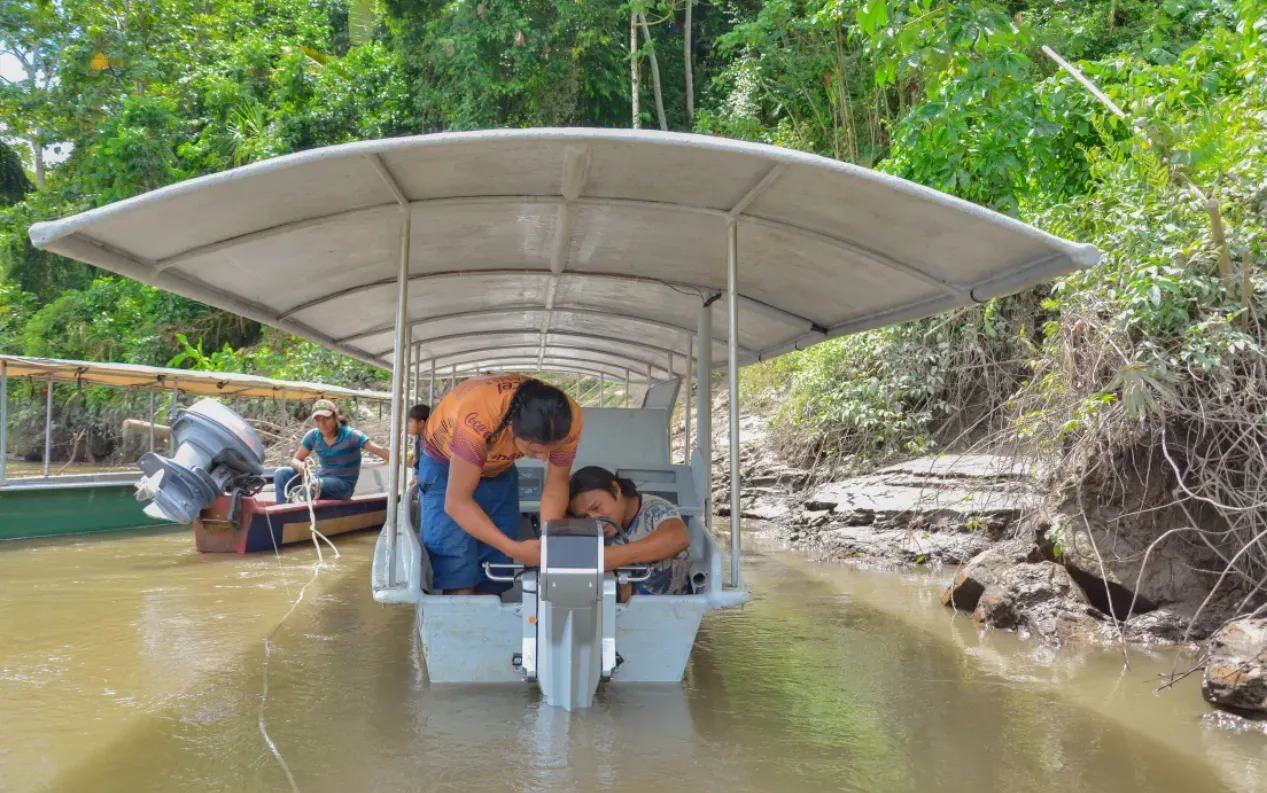
In the remote reaches of Ecuador’s Amazon rainforest, transportation by river is far more prevalent than road travel. Here, the Wichimi River, winding through dense foliage, serves as a major conduit. Quietly navigating these waters are boats powered by the abundant Ecuadorian sunshine.
Five solar-powered boats, topped with sleek solar panels, are operated by 12 indigenous Achuar communities along a stretch of eastern Ecuador bordering Peru. These boats are the work of Kara Solar, a non-profit organization dedicated to sustainable transport solutions. The Achuar people themselves take on the roles of repairing, operating, and maintaining these boats, which are crucial for daily community activities such as education, healthcare, and eco-tourism.
For many years, the Achuar relied on gasoline-powered boats for river travel. However, the fuel for these boats is flown in from Quito, Ecuador’s capital, which significantly increases costs and contributes to carbon emissions. Angel Wasump, the director of operations for Kara Solar and a member of the Achuar community, noted that the local reliance on gasoline motors not only incurs high costs but also pollutes the river. He proudly points out that families have been transitioning away from gasoline engines in favor of the solar alternatives.
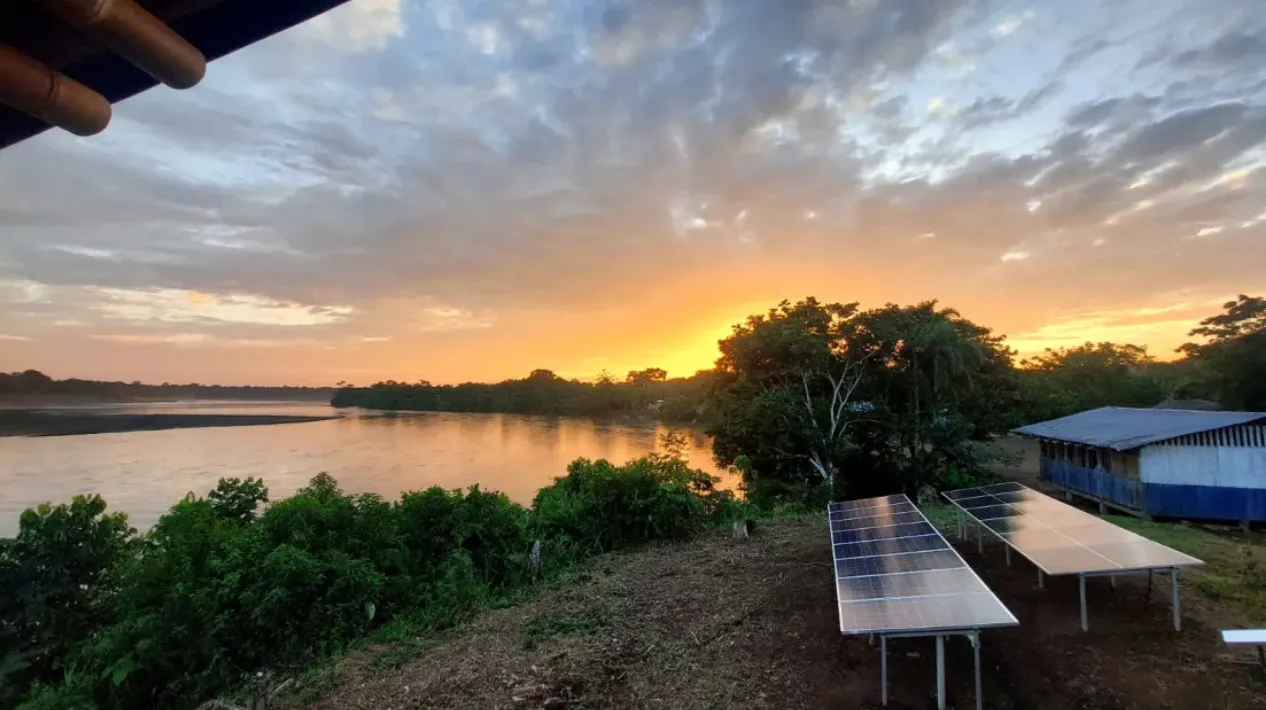
The concept of using solar power emerged as a sustainable solution to these challenges. Kara Solar’s founder, Oliver Utne, arrived in Ecuador from Minnesota 16 years ago, drawn by a desire to make a positive impact. Initially skeptical about technology’s role in indigenous communities, Utne quickly learned from the Achuar about their eagerness for agency and autonomy. This realization inspired him to leverage solar technology to support the community’s conservation efforts.
Utne returned to the U.S. to study solar energy, becoming a qualified solar installer. He then returned to the Amazon to collaborate with the Achuar community on integrating solar technologies. In 2013, a pivotal study conducted with MIT and two Ecuadorian universities, Escuela Superior Politécnica del Litoral and Universidad San Francisco de Quito, demonstrated the feasibility of solar boats. This study confirmed that solar boats could operate effectively with small motors, requiring minimal solar panels.
The first electric boat, named “Tapiatpia” after the mythical electric eel in Achuar folklore, was completed in 2016. During its three-year development, the Achuar community was extensively consulted to ensure it met their needs. These boats vary in size, accommodating up to 20 passengers and traveling at speeds of up to 12 miles per hour, with a range of up to 60 miles. Nine solar-powered charging stations along the river provide electricity not only for the boats but also for schools, internet access, computer labs, and eco-lodges.
Kara Solar officially launched in 2018, and it is run by Achuar community members. To date, the boats have made over 3,000 trips, carrying more than 1,000 passengers and covering over 450 kilometers per month. These vessels play a crucial role in transporting children to school and offering wildlife tours to eco-tourists. Their silent operation allows for closer observation of wildlife without disturbing it.
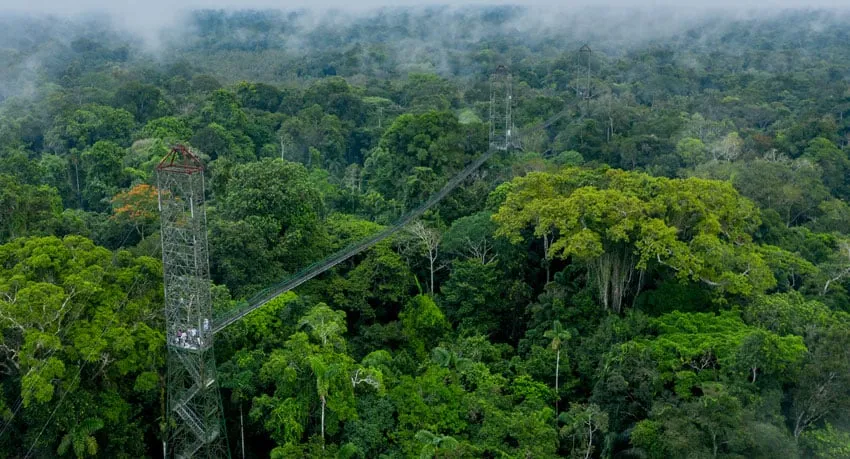
The boats represent a significant step towards sustainable development and environmental conservation in the region. As a part of Kara Solar’s mission, technical training in solar installation is provided to the communities, conducted by Achuar technicians in their native language. Four solar centers have been established in Ecuador, offering educational resources powered entirely by solar energy.
This model is also being implemented in other countries. In northern Peru, the Wampís Nation recently received two shuttle boats and two solar centers, with support from the Welsh government. In 2025, Kara Solar plans to introduce a new initiative along the Kapawari River in Pastaza, Ecuador, aiming to replace 50 gasoline-powered boats with solar-electric alternatives. This project will connect isolated settlements and serve as a sanctuary for endangered pink river dolphins.
Cheryl Martens, director of the Institute for Advanced Studies in Inequalities at the San Francisco University of Quito, emphasizes the scalability of Kara Solar’s model, not just for river transport but also for providing sustainable communication solutions in remote areas of the Amazon. The involvement and training of Achuar technicians in solar technology installation and maintenance are critical to the project’s success.
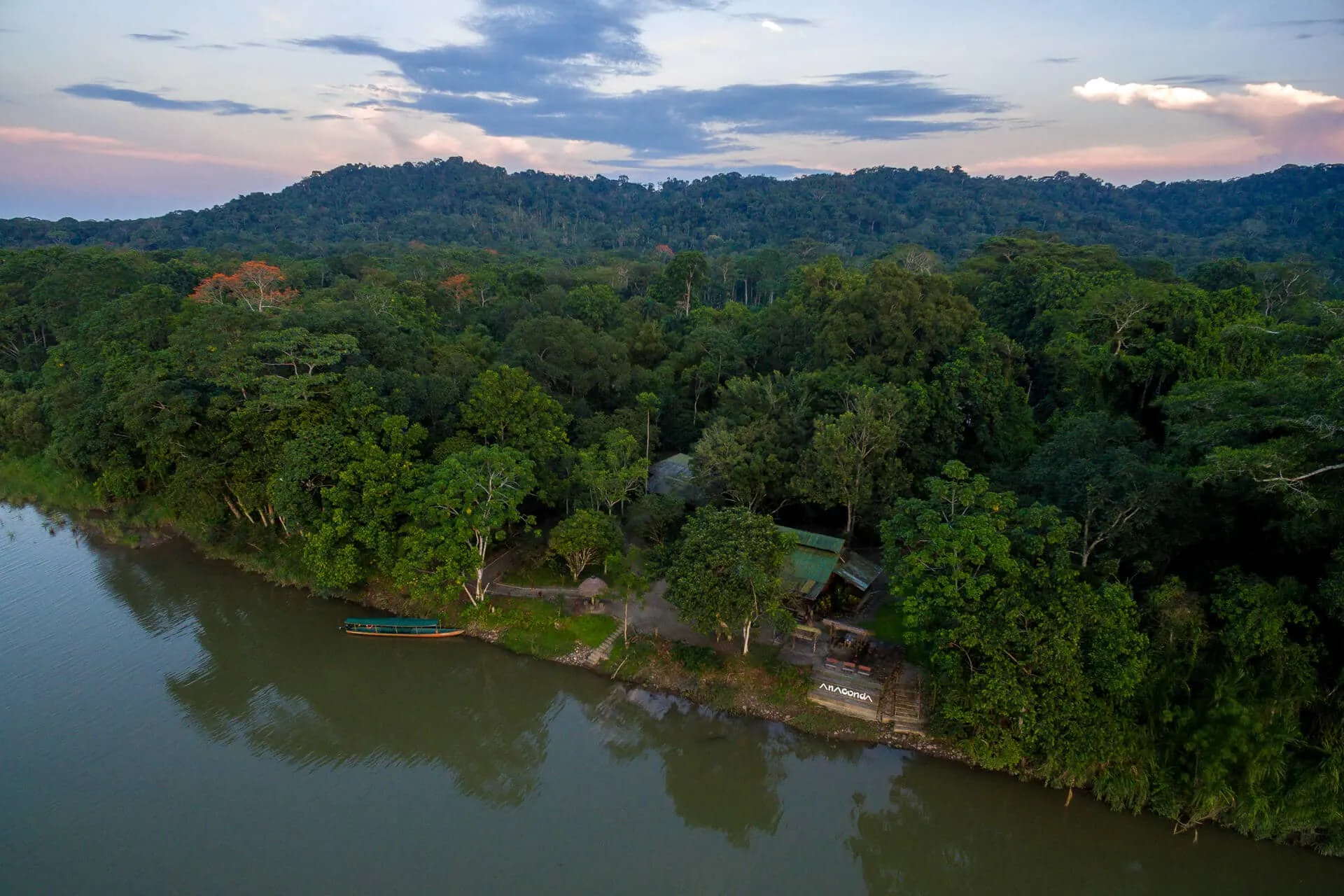
Kara Solar’s executive director, Nantu Canelos, himself a former solar boat captain, believes that community involvement is essential. He emphasizes that true progress can only be achieved if the Achuar lead the way, with support from others. “I invite everyone to join us in making these dreams a reality in the Amazon,” he urges, underscoring the urgent need to address climate change and protect the Amazon for the benefit of indigenous communities and the world.





